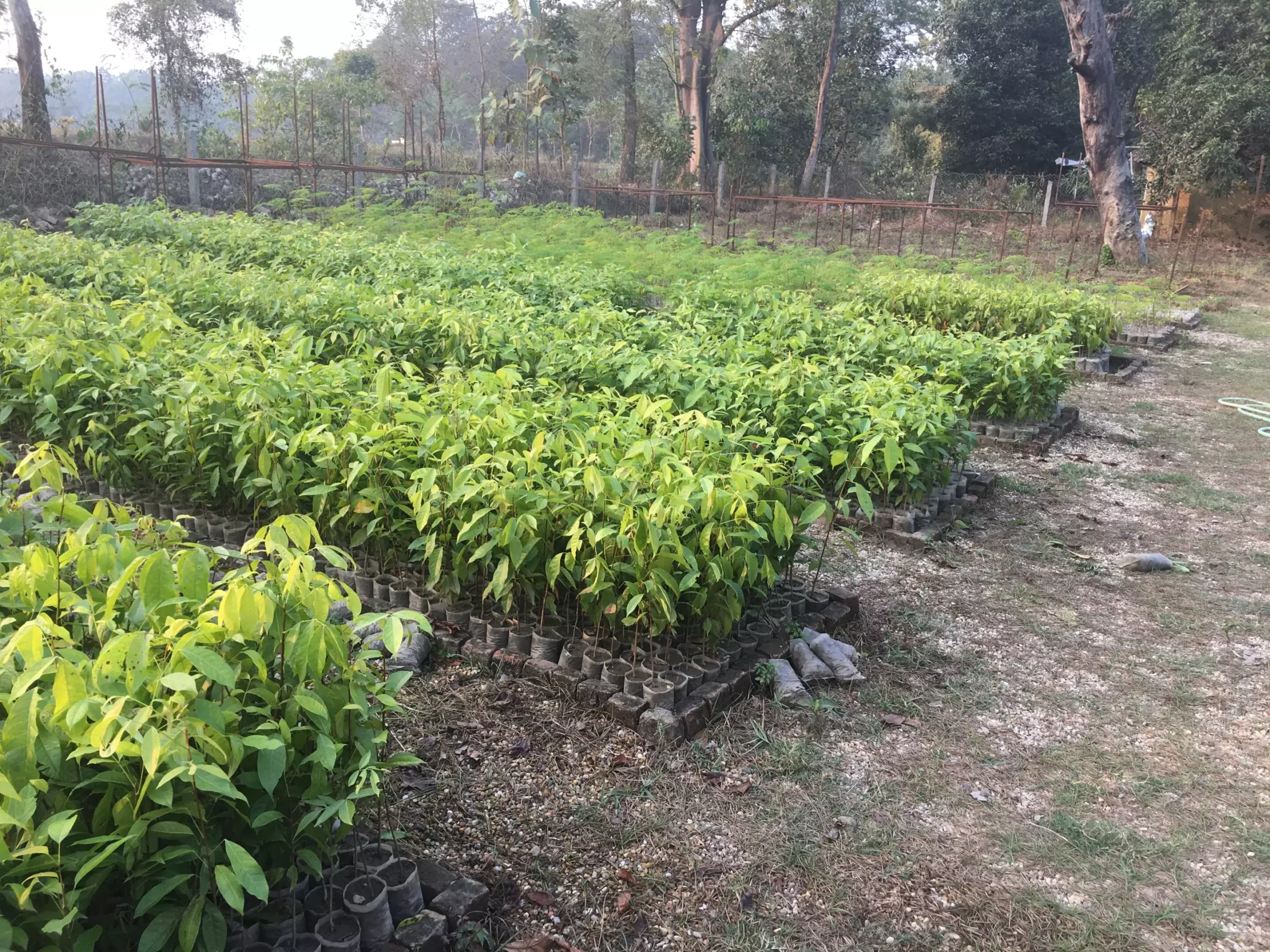Climate change, a pressing global crisis, necessitates innovative and cost-effective solutions. A groundbreaking study published in *Nature Climate Change* reveals that reforesting low- and middle-income countries can sequester up to ten times more carbon dioxide than previously thought, challenging conventional wisdom about reforestation strategies. The study posits that the most viable approach to combat climate change may not merely involve planting trees but also understanding the power of natural regeneration of forests. Amidst rising carbon emissions, this new research opens a door to reconsider how we implement reforestation initiatives, particularly in economically constrained regions.
The Misconception of Tree Planting Alone
Many reforestation efforts focus primarily on planting trees, often overlooking the potential of allowing forests to recover naturally in previously deforested areas. This study underscores that nearly half of the locations deemed suitable for reforestation could yield greater carbon sequestration benefits through natural regrowth rather than human intervention. This revelation not only suggests a paradigm shift in reforestation methodology but also emphasizes the necessity of integrating ecological wisdom with restoration efforts. The traditional emphasis on monoculture plantations could be misguided when the focus should shift towards restoring biodiversity and ecosystem integrity.
Economic Implications and the Role of Timber Markets
One of the compelling findings from the research is the economic dynamics between timber plantations and naturally regenerated forests. Interestingly, timber plantations can sequester carbon more efficiently at a lower cost in over half of the studied areas. This relationship invites a dialogue about the economic systems underpinning forest restoration. According to co-author Jeff Vincent of Duke University’s Nicholas School of the Environment, integrating wood markets into reforestation plans can catalyze widespread change. By recognizing sustainable wood harvesting as a viable financial incentive, policymakers could unlock new funding avenues for comprehensive reforestation strategies that are economically sound and environmentally beneficial.
The Balance of Biodiversity and Economic Needs
With reforestation objectives often competing against societal demands—from agriculture to land development—finding the right balance is crucial. Jonah Busch, the study’s lead author, stresses that utilizing a hybrid approach of both planting and natural regeneration can achieve superior carbon sequestration results. This multifaceted methodology aids in fulfilling the diverse needs of local communities while simultaneously enhancing the ecological viability of forested areas. The study are revealing the potential of a varied landscape where human needs and environmental requirements coexist in harmony.
Incentivizing Reforestation Through Carbon Payments
To implement these insights practically, carbon payments stand out as powerful motivators for reforestation efforts. Companies seeking to offset their carbon footprints can provide a reliable source of funding for restoration initiatives. Vincent notes that in certain regions, these carbon payments might suffice as the primary incentive for landowners to engage in reforestation ventures. Furthermore, the potential for generating income through sustainable timber harvests can make these projects financially sustainable over the long term. This shift from a purely altruistic model to one involving financial viability is essential for maintaining momentum in reforestation efforts.
Mapping the Future of Reforestation
The research team has provided a valuable resource—a world map illustrating the most cost-effective reforestation methods based on location-specific characteristics. By accounting for factors such as growth rates, land value, and proximity to seed sources, this map serves as a vital tool for governments, organizations, and businesses aiming to allocate their reforestation budgets more effectively. Effective implementation of this knowledge could drastically alter the landscape of forest restoration and climate change mitigation strategies.
This study illuminates the path forward in reforestation efforts, demonstrating that a more intelligent, well-rounded approach can significantly enhance carbon sequestration while catering to the needs of local communities. As the conversation around climate change strategies continues to evolve, the findings highlight the importance of adapting our methodologies based on scientific insights and ecological principles. Embracing a blend of natural processes with well-planned economic incentives could be the key to successful long-term reforestation and climate restoration endeavors.


Leave a Reply